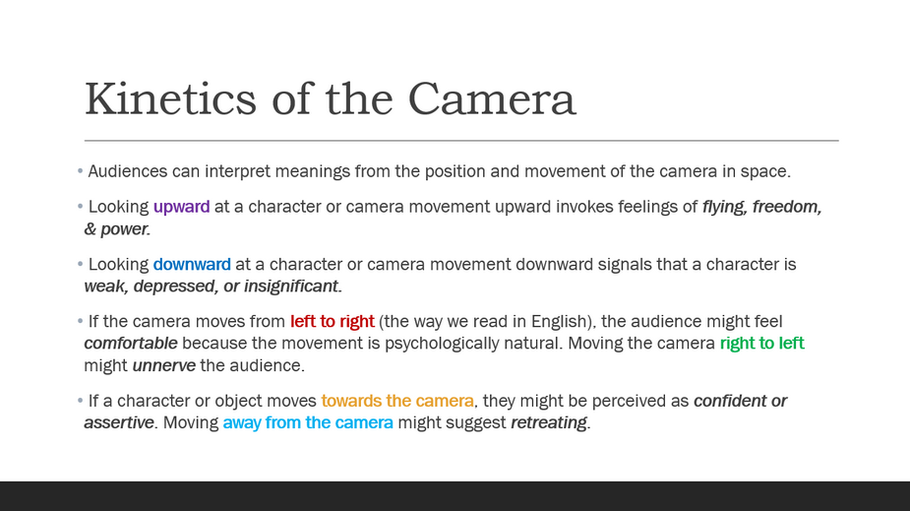Film and Video Editing 1
University of Connecticut, Storrs, CT
Fall 2024 - 2025
Taught practical editing techniques for live-action footage, along with essential on-set rules and industry-standard practices. The course also included advanced features and tips in Premiere Pro to enhance professional video production.
The goal of this course is for students to become proficient in the basic aspects of frame-based digital image processing
sequences, and to learn the basic techniques for editing and composing moving image sequences from source
materials.
Class Slides
Video Editing Techniques:
Exploring 6 Core Modes of Visual Storytelling
Students produce short videos based on one of the six cinematic approaches — Conversation, Action Continuity, Foley, Interview, Music Video, and Montage.
Each module introduces students to a distinct editing logic and visual language. Students are encouraged to shoot original footage using suggested camera techniques, and royalty-free assets or provided source clips are available when needed.
Purpose
To introduce students to the foundations of visual narrative and the relationship between form and meaning in video editing. By experimenting with different modes of assembly, students learn how editing changes intention, energy, and emotional impact—even when using similar footage.
Students Practice the Following Skills
-
Cinematic Previsualization — Planning shots based on editing style before filming.
-
Fundamental Editing Logic — Understanding cuts, pacing, rhythm, and continuity rules.
-
Emotional Translation Through Form — Learning how structure and sound shape audience perception.
-
Multi-Modal Story Construction — Building a beginning, middle, and end without relying on conventional scripting.
-
Creative Problem-Solving with Source Footage — Adapting narrative to resources available.
Final Project
Students create an original short film (3–10 min) that combines multiple editing techniques learned throughout the semester — such as Conversation, Action Continuity, Foley, Interview, Music Video rhythm, or Montage construction.
They may choose to produce a fiction film, a documentary, or pitch their own concept entirely.
Purpose
To synthesize technical skills and creative decision-making into a fully realized visual story. Rather than following a single editing exercise, students now design their own structure, gather or shoot appropriate footage, and take a project from concept to polished final cut.
This capstone assignment encourages students to take ownership of their voice as emerging filmmakers — balancing clarity, experimentation, and audience experience.
Students Practice the Following Skills
-
Project Development & Planning — Translating an idea into a one-page proposal with genre, tone, storytelling goals, and artistic approach.
-
Narrative Architecture — Designing a beginning, middle, and end using their chosen editing style(s).
-
Footage Acquisition & Organization — Shooting, collecting, or sourcing materials strategically for the intended structure.
-
Iterative Editing — Producing a rough cut, receiving critique, and applying revisions toward a refined final version.
-
Collaborative Communication — Giving and receiving meaningful feedback in critique sessions.
-
Technical Polish — Applying final touches such as titling, effects, color correction, and sound mixing.





























